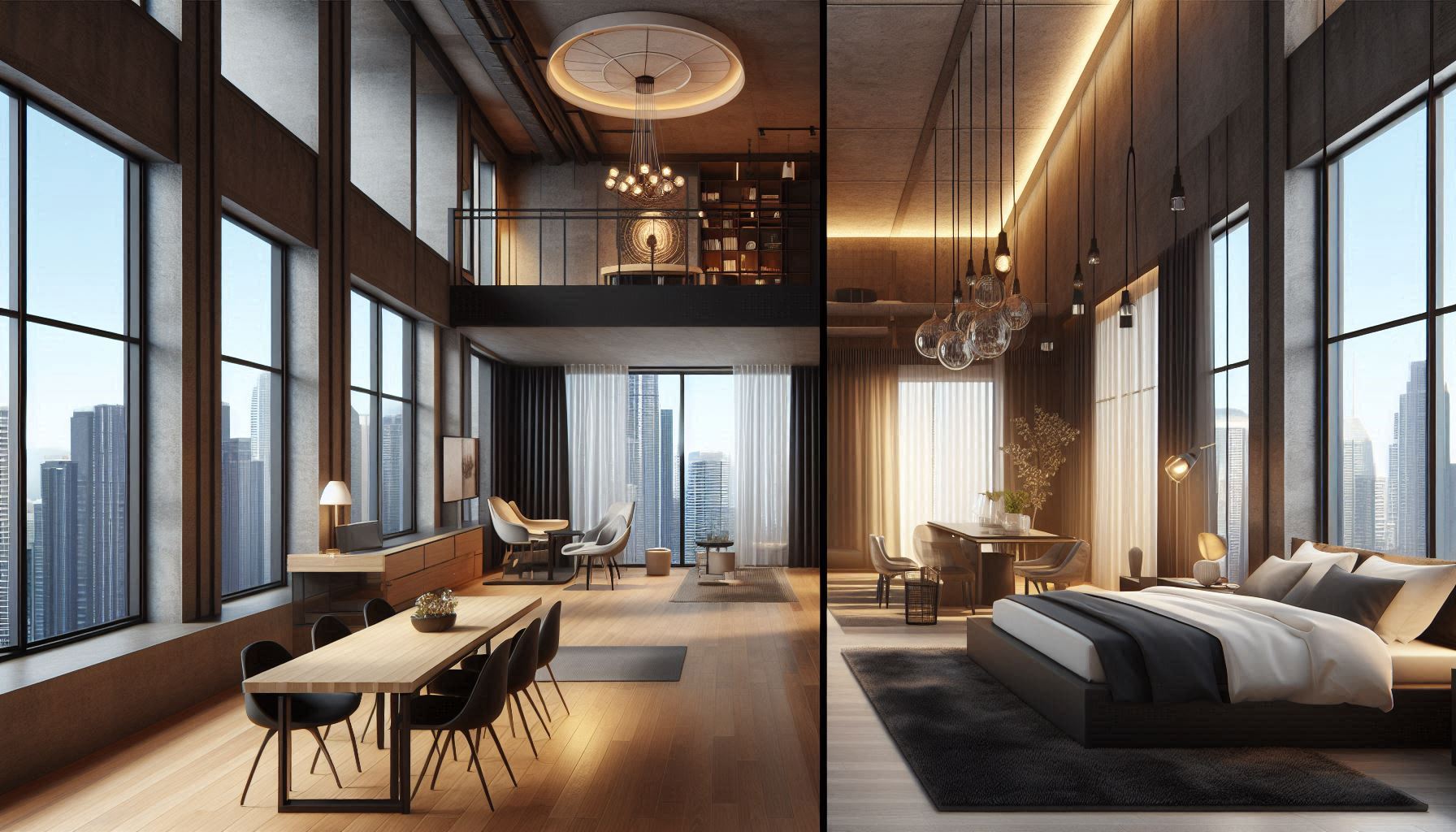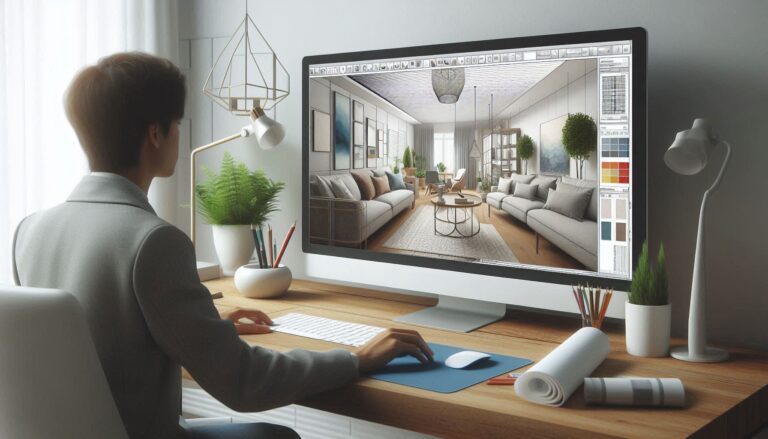Commercial vs. Residential Design: Which Career Path is Right for You?

The decision to specialize in either commercial or residential design can shape the trajectory of an interior designer’s career. Both fields have unique challenges and opportunities, and choosing the right one depends on your personal preferences, career goals, and design philosophy. Here’s a breakdown of each path to help you decide:
1. Commercial Design: Dynamic and Functional Spaces
Commercial design involves creating functional, aesthetically pleasing spaces for businesses, retail establishments, offices, and public spaces. Designers in this field must balance functionality with style, ensuring that spaces serve both the clients’ needs and the customers’ or employees’ experience. Key elements in commercial design include:
• Maximizing space efficiency
• Understanding corporate branding and culture
• Designing for high foot traffic and functionality
2. Residential Design: Personalized and Creative Spaces
Residential design, on the other hand, focuses on designing private homes and apartments. Here, the designer’s role is to create spaces that reflect the homeowner’s personality, lifestyle, and needs. While functionality is important, there’s often more room for creativity and personal expression. Key aspects of residential design include:
• Creating intimate, personalized spaces
• Focusing on aesthetics and comfort
• Collaborating closely with homeowners to bring their vision to life
3. The Pace and Project Scope
Commercial design projects tend to be larger in scope and more complex, often involving a team of designers, contractors, and specialists. These projects may also have tighter deadlines due to business demands. Residential projects, while smaller in scale, require in-depth communication with clients and a high level of attention to detail, as the stakes are personal.
4. Career Opportunities and Growth
Commercial designers often find opportunities with design firms, corporations, and public sector projects, with a focus on efficiency, accessibility, and compliance with codes and regulations. Residential designers, in contrast, may work independently, with a broader range of creative freedom, or for firms that specialize in luxury homes, renovations, or interior styling. The choice between these fields can determine the type of clients you work with and the pace of your career.
5. Which Path Is Right for You?
Choosing between commercial and residential design depends on your personality, skillset, and career aspirations. If you enjoy working on large-scale projects with functional considerations and a fast-paced environment, commercial design might be a better fit. If you’re passionate about creating personal, cozy spaces and working closely with individual clients, residential design might align more with your goals.
Conclusion
Both commercial and residential design offer rewarding career paths, each with its unique challenges and opportunities. Consider what aspects of design excite you the most and which environment you thrive in before making your choice. Whatever path you choose, both will allow you to leave a lasting impact through you






